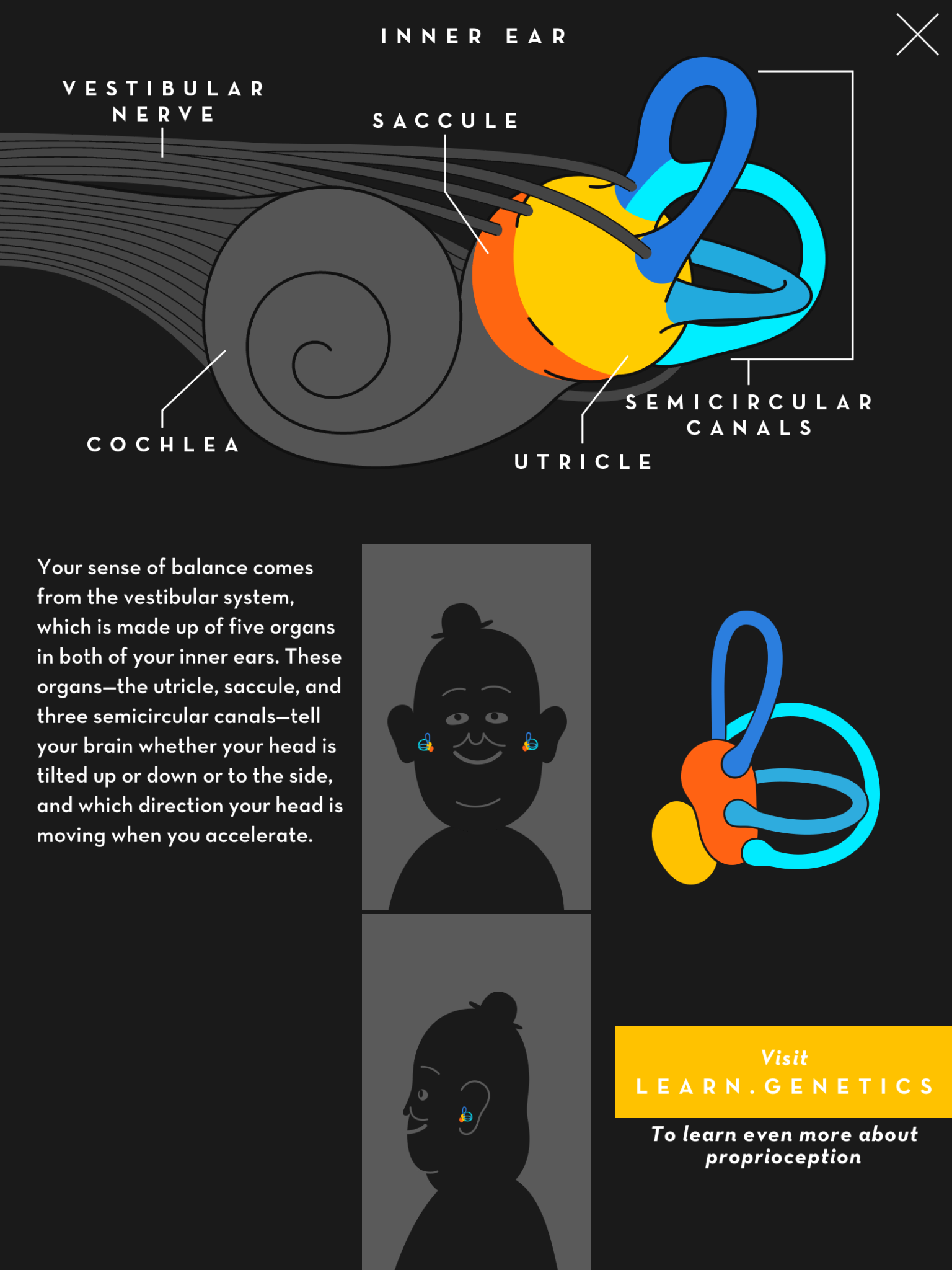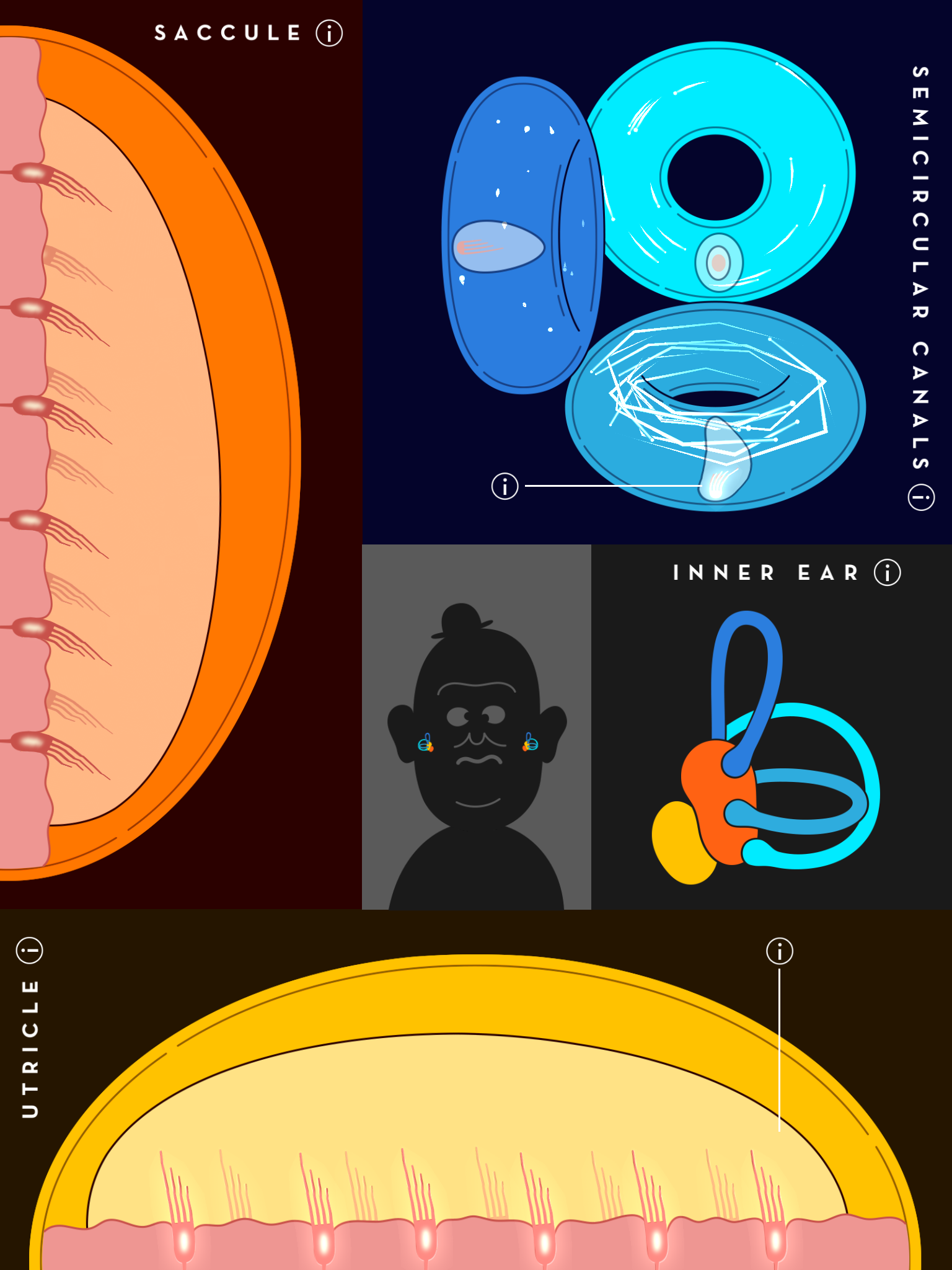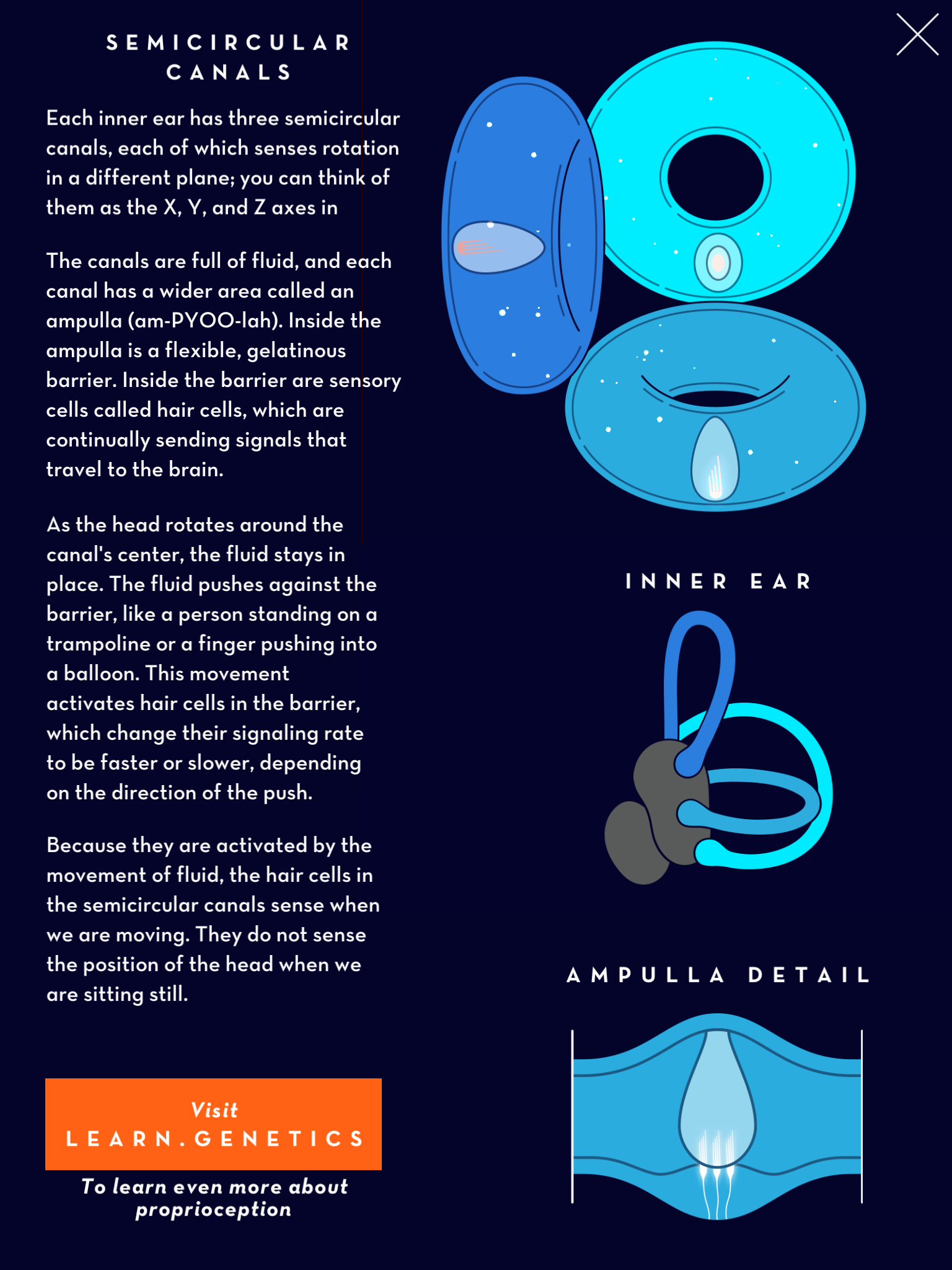References
Lysakowski, A. (2014). Chapter 130: Anatomy of the Vestibular System. Cummings Otolaryngology, 6th Edition. Flint, PW, Haughey ,BH, Lund, VJ, Niparko, JK, Richardson, MA, Robbins, KT & Thomas, JR, Eds. Elsevier Saunders. Accessed 16 March, 2017, from http://clinicalgate.com/anatomy-of-the-vestibular-system/
Obrist, D (2011). Fluid Mechanics of the Inner Ear. Accessed 16 March, 2017, fromhttp://e-collection.library.ethz.ch/eserv/eth:5720/eth-5720-01.pdf
Zenner, H-P & Gummer, AW (1996). Chapter 34: The Vestibular System. Comprehensive Human Physiology: From Cellular Mechanisms to Integration, Vol. 1. Greger, R & Windhorst, U, Eds. Springer: Berlin Heidelberg.




